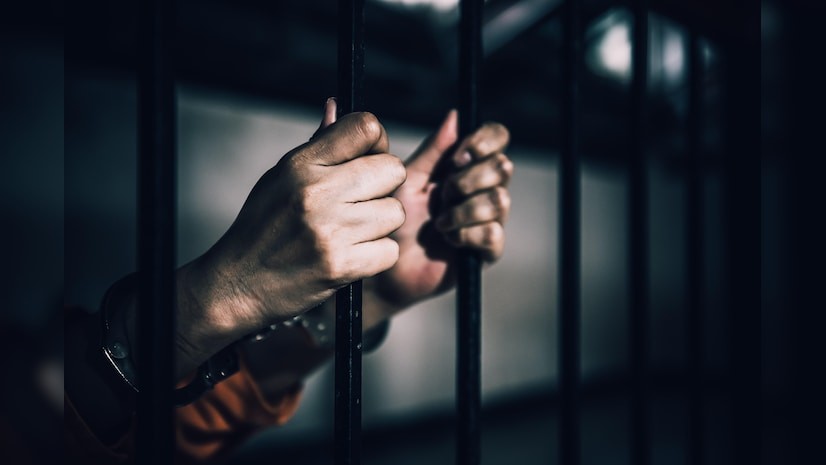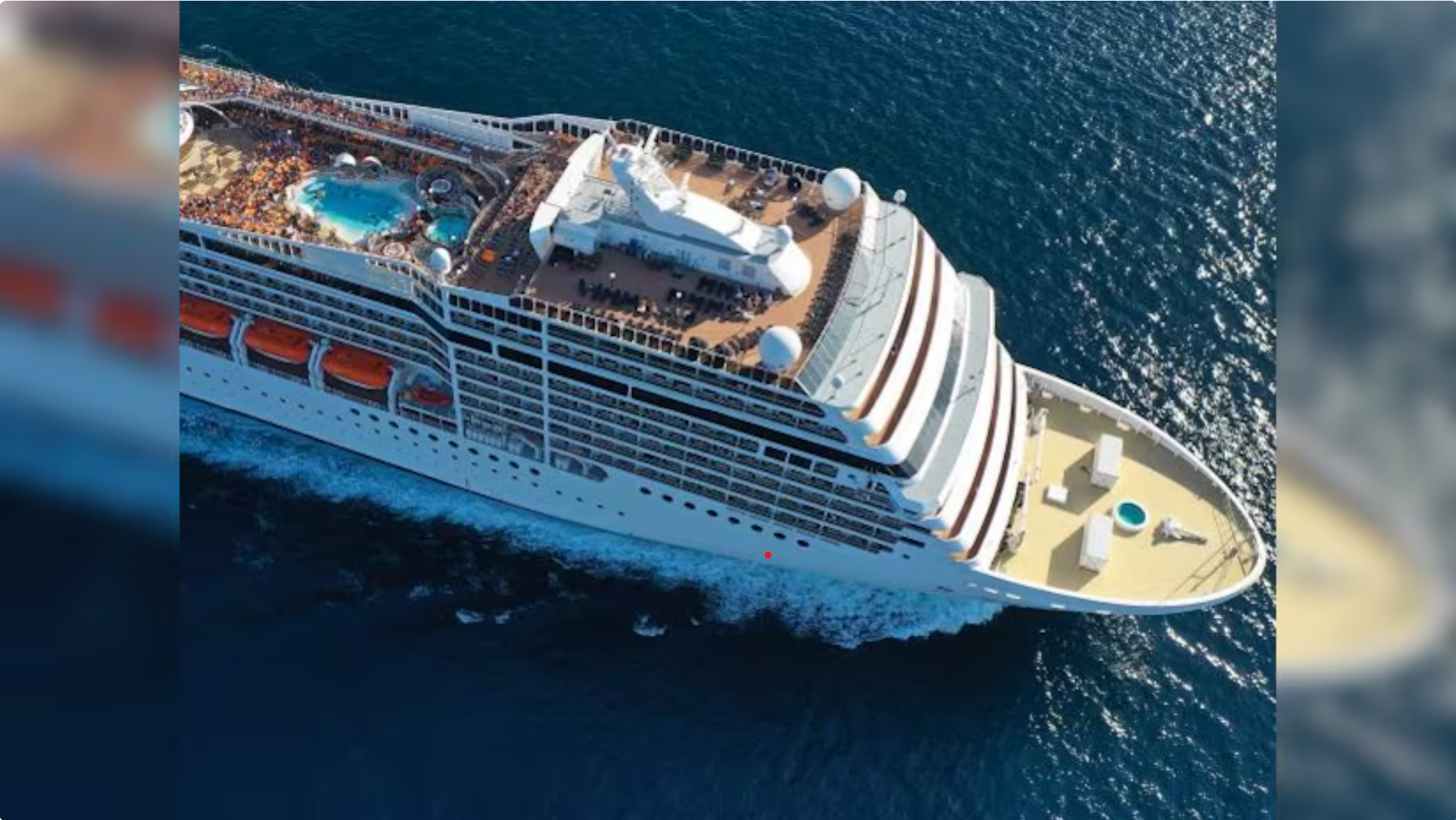Section 479 of the BNSS 2023

- 08 Jan 2025
In News:
Centre urges states, UTs to ensure undertrial prisoner relief in jails.
Key Highlights:
- Objective: The MHA has urged states and Union Territories (UTs) to implement provisions of Section 479 of the Bharatiya Nagarik Suraksha Sanhita (BNSS) 2023 to provide relief to undertrial prisoners (UTPs) in jails. This initiative aims to address issues such as long detention and overcrowding in prisons.
Key Provisions of Section 479 of BNSS, 2023
- Purpose: To offer relief to undertrial prisoners by mandating their release on bail or bond under specific conditions.
- Key Provisions:
- Subsection (1):
- Release on Bail: UTPs who have served half the maximum sentence for their offense (except offenses punishable by death or life imprisonment) are eligible for release on bail.
- Release on Bond for First-Time Offenders: First-time offenders, who have served one-third of the maximum sentence, are eligible for release on bond by the court.
- Subsection (3):
- Mandatory Application: It is the responsibility of the prison superintendent to apply to the concerned court for the release of eligible prisoners on bail or bond.
- Subsection (1):
- Superintendent’s Role:
- Prison superintendents are mandated to ensure timely applications for bail or bond are filed for eligible UTPs.
Implementation and Reporting
- MHA’s Advisory:
- On January 1, the MHA issued a letter to the Chief Secretaries, Director Generals, and Inspectors General of prisons in all states and UTs to ensure compliance with the provisions of Section 479 of BNSS.
- States and UTs were instructed to report the status of implementation in a prescribed format starting from January 1, 2025.
- Data to be Reported:
- First-Time UTPs: Number of first-time UTPs who have served one-third of their maximum sentence.
- Court Applications: Number of applications for bail filed by jail superintendents.
- Release on Bail: Number of UTPs released on bond or bail after meeting the eligibility criteria.
- Other UTPs: Number of UTPs who have completed half of their sentence, and the number of applications filed for their release.
- MHA’s Campaign:
- Launched on Constitution Day (November 26), this campaign encouraged states and UTs to identify eligible prisoners and file their bail applications, thus helping to reduce overcrowding in prisons and mitigate long-term detention.
Background and Context
- Why Section 479?
- Section 479 aims to reduce the prolonged detention of undertrials, some of whom may have already served significant portions of their maximum sentences. This will not only alleviate overcrowding in prisons but also expedite justice for prisoners who have spent extended periods in jail awaiting trial.
- Earlier MHA Initiatives:
- Prior to this directive, the MHA had issued an advisory on October 16, 2024, encouraging states and UTs to implement Section 479. A special push was also made during Constitution Day to move applications for the release of eligible prisoners.
- Expected Outcome:
- The measures are expected to significantly ease the challenges of overcrowded jails and provide timely relief to undertrials, especially first-time offenders. By enforcing these provisions, the government seeks to improve the judicial process for UTPs and contribute to a more effective and humane criminal justice system.
Cruise Bharat Mission

- 01 Oct 2024
In News:
The central government launched the five-year Cruise Bharat Mission, aiming to boost cruise tourism in India to 1 million passengers and create 400,000 jobs by 2029.
Mission Goals
- Passenger Traffic: Increase from 0.5 million to 1 million sea cruise passengers by 2029.
- River Cruise Passengers: Grow from 0.5 million to 1.5 million.
- Job Creation: Generate 400,000 jobs in the cruise sector.
- Infrastructure Expansion:
- International cruise terminals: From 2 to 10.
- River cruise terminals: From 50 to 100.
- Marinas: From 1 to 5.
Implementation Phases
- Phase 1 (2024-2025):
- Conduct studies and master planning.
- Form alliances with neighboring countries.
- Modernize existing cruise terminals and destinations.
- Phase 2 (2025-2027):
- Develop new cruise terminals and marinas.
- Activate high-potential cruise locations.
- Phase 3 (2027-2029):
- Integrate cruise circuits across the Indian Subcontinent.
- Continue developing infrastructure and enhancing cruise experiences.
Strategic Focus Areas
- Sustainable Infrastructure:
- Develop world-class terminals, marinas, and water aerodromes.
- Emphasize digitalization (e.g., facial recognition) and decarbonization (shore power).
- Create a National Cruise Infrastructure Masterplan 2047.
- Operational Efficiency:
- Streamline operations using digital solutions (e.g., e-clearance and e-visa facilities).
- Cruise Promotion & Circuit Integration:
- Focus on international marketing and investment.
- Host events like the "Cruise India Summit."
- Form alliances with neighboring countries (UAE, Maldives, Singapore).
- Regulatory and Financial Policies:
- Establish tailored fiscal and financial policies.
- Launch a National Cruise Tourism Policy.
- Capacity Building & Employment:
- Create a Centre of Excellence for cruise-related economic research.
- Develop National Occupational Standards to enhance youth employment opportunities.
Expected Outcomes
- Tourism Growth: Position India as a global cruise destination.
- Cultural Promotion: Highlight the cultural, historical, and natural heritage of Bharat through cruise circuits.
- Community Benefits: Ensure inclusive growth for local communities and stakeholders in the cruise sector.
The Cruise Bharat Mission is set to redefine India's cruise tourism landscape, focusing on infrastructure development, operational efficiency, and promoting cultural heritage, while ensuring economic growth and job creation for the future.
